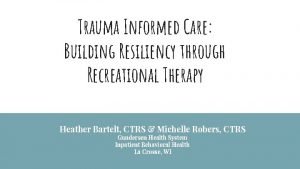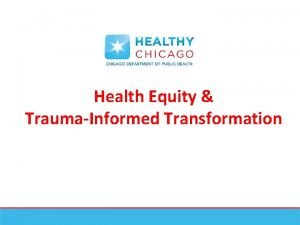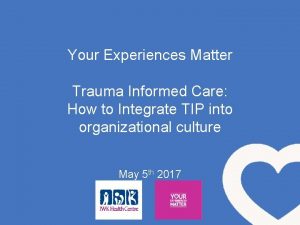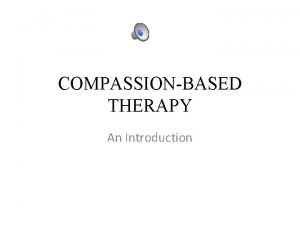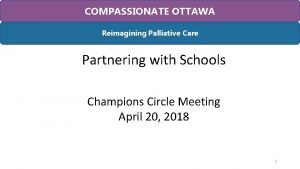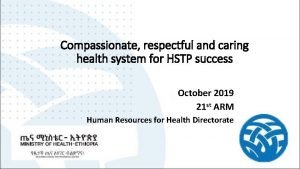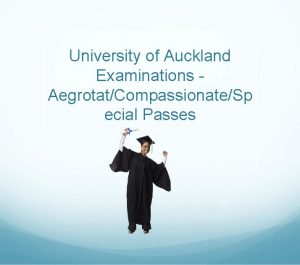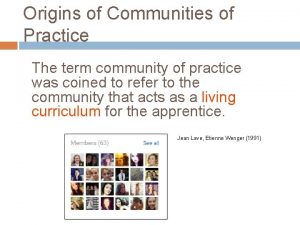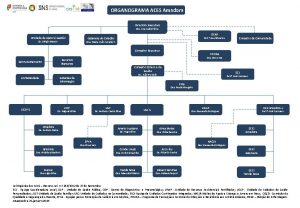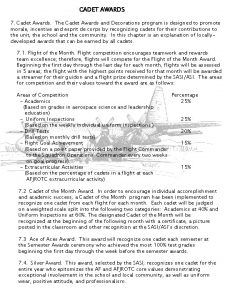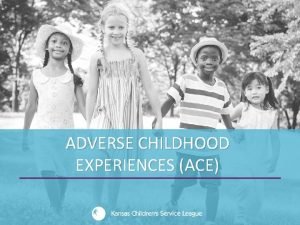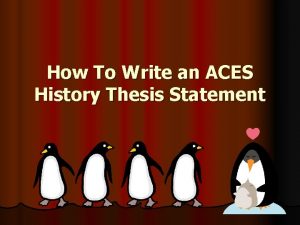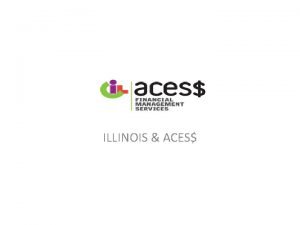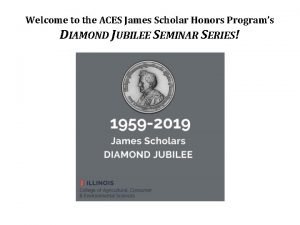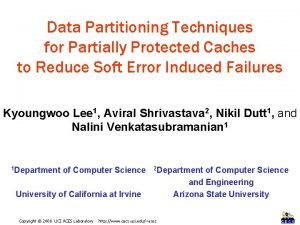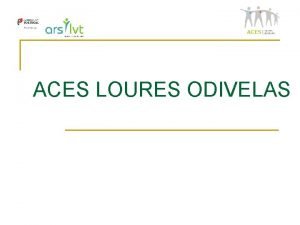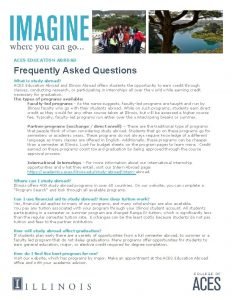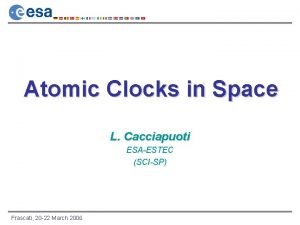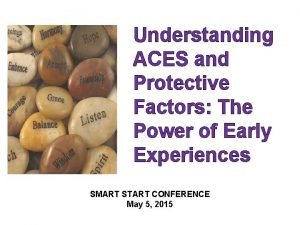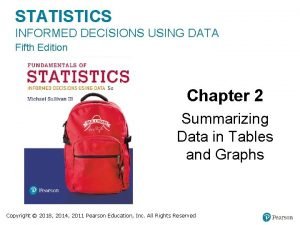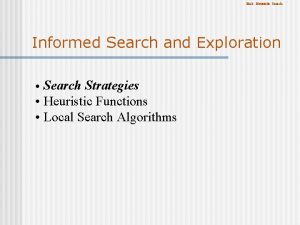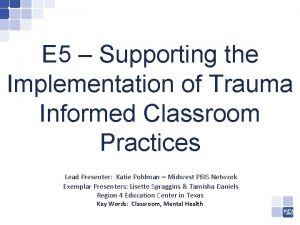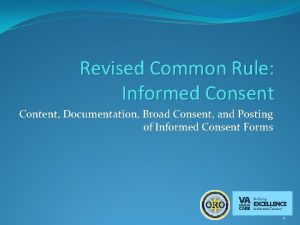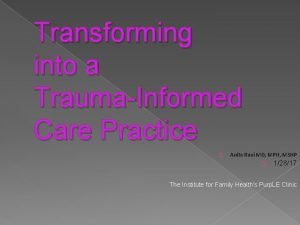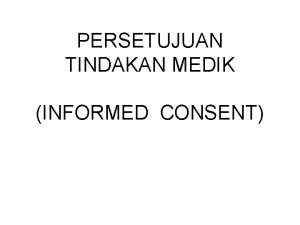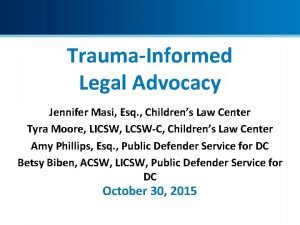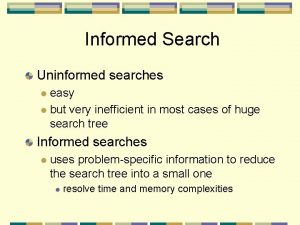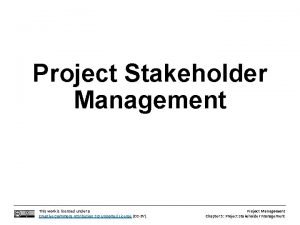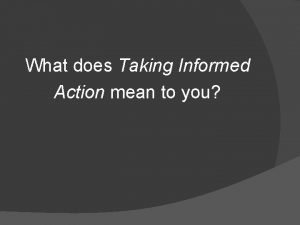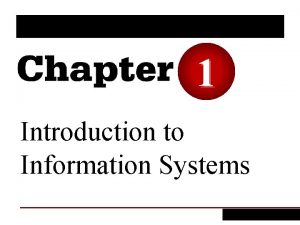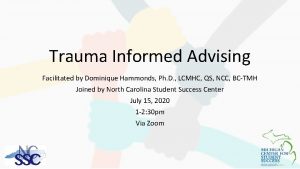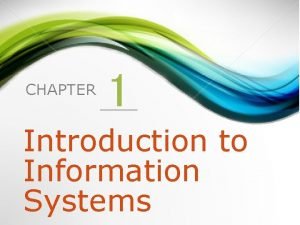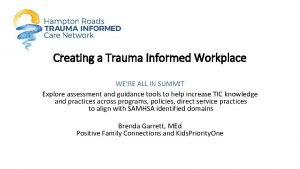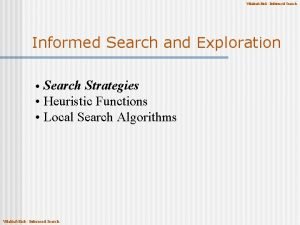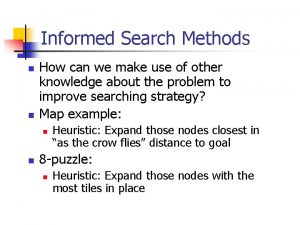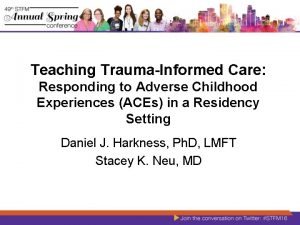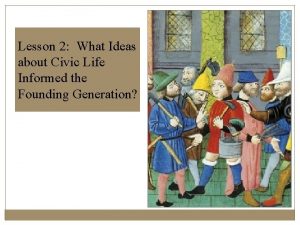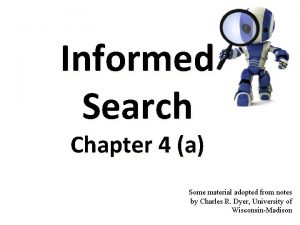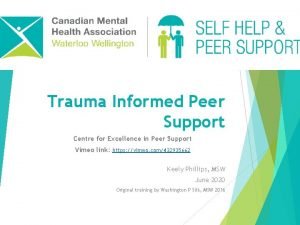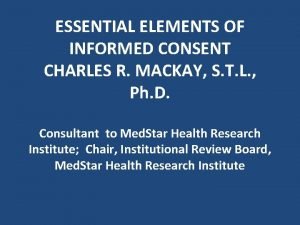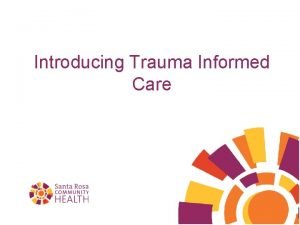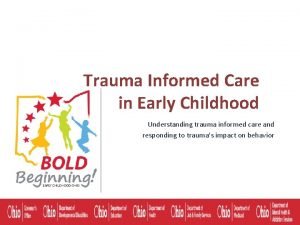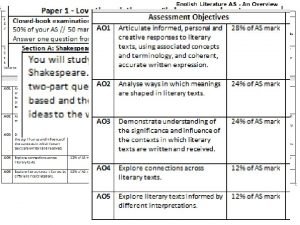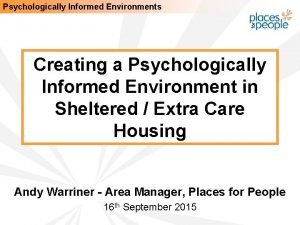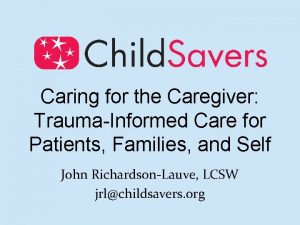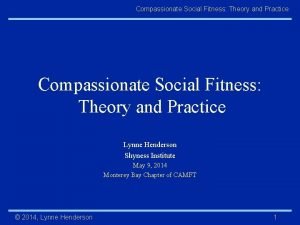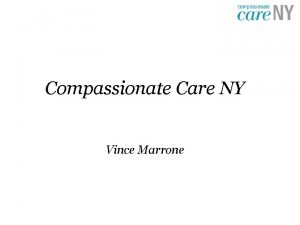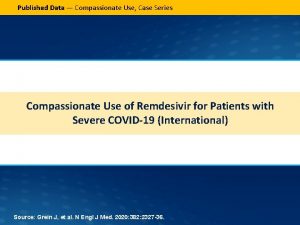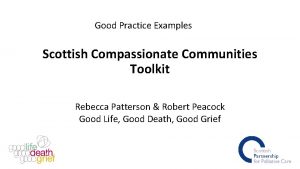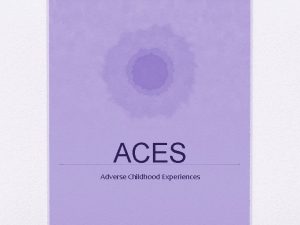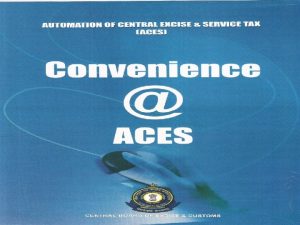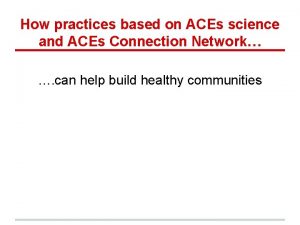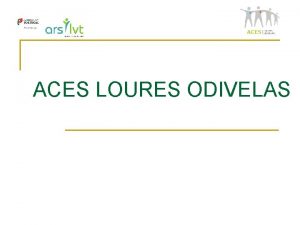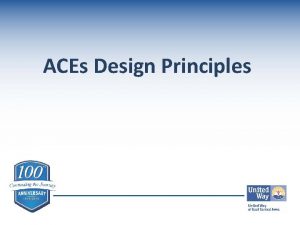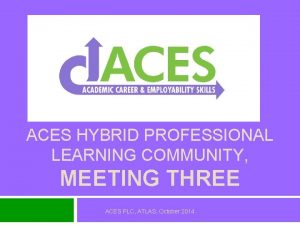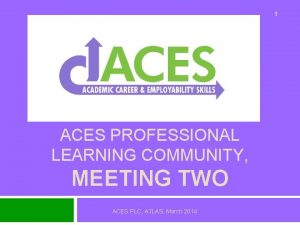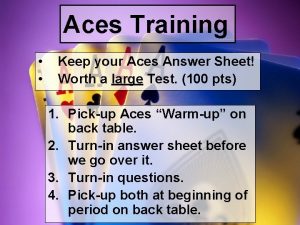Supporting Children in Compassionate Communities ACEs Informed Practice





























































- Slides: 61

Supporting Children in Compassionate Communities: ACEs Informed Practice LINDA O’NEILL, PHD, CCC, CTS UNIVERSITY OF NORTHERN BC, COMMUNITY COUNSELLING CENTRE, SONIA THIBEAULT, MEd

THE ISSUE Caregivers, early childhood educators, Elementary and secondary teachers, special education teachers, TAs, CYC workers, Aboriginal Support workers currently provide support to children presenting learning challenges and behavioural problems symptomatic of the more hidden diagnosis of complex trauma resulting from: • abuse, neglect, • severe attachment disruption, • serious early medical interventions, natural disasters and other trauma-based circumstances

Trauma from Adverse Life Events – Trauma exists when child, youth, adult keeps behaving under normal circumstances as if being abused, neglected, abandoned, threatened – Brain- out of it in “normal” life, brain wired for high-end situations, inability to be fully alive in the present (van der Kolk, 2014)

Imprints of ACES Helping children overcome traumatic imprints Emotional: Feelings Visceral: Internal sensations Perceptual: smell, taste, touch, sight Muscle: Movement, posture, tension Autonomic: SNS, PNS Procedural: Habit and Function (Fisher, 2015)

Trauma Threat to survival or emotional well-being, adverse childhood and life events Trauma defined by the Central Nervous System (Levine, 2002) Symptoms as ways to cope

Small Events, Big Events – Not the event, CNS reaction to arousal Small Repeated Events: – Chaotic environment – Aggressive environment – Punitive environment – Inconsistent caregiving – Instability of family situation

Expanding Core Beliefs –Trauma is the core event around which development and behaviour organizes, knowledge of trauma is incorporated in all aspects of service delivery to the child, youth

Expanding Core Beliefs –Symptoms understood as attempts to cope and survive, not simply as presenting problems –Primary goal of intervention and prevention are on growth, resilience, life skill development and minimizing additional trauma (National Child Traumatic Stress Networks)

Trauma Informed Primary goals of trauma-informed approach: – understanding childrens’ coping strategies, – minimize the chance of inadvertently retraumatizing childrenyouth

Trauma Informed vs Trauma Specific Trauma sensitive perspective integrated into a system-wide ecology, trauma-sensitive practices may benefit all children and paraprofessionalsprofessionals Basic trauma information (both primary and secondary) on effects and support may help avoid internalizing and stigmatization for those supported and professionals and paraprofessionals

Walking the Minefield, Finding Blackholes Minefields-Triggered responses Blackholes- Depression and Dissociation Paradoxical conundrum at the heart of trauma: “they see and feel only their trauma, or they see and feel nothing at all” denial, repression, and dissociation found as both a social phenomena and as individual symptoms caused by traumatic experiences (Herman, 1992; van der Kolk, 2005)

DESNOS Conceptualized as a self-regulation disorder, dysregulation occurring across multiple systems: §affective §behavioral §somatic §dissociative §relational

Complex Trauma Seven domains of possible effect: – Attachment – Affect regulation – Behavioural regulation – Dissociation – Cognition – Biology – Self-concept

Complex Trauma Symptoms Child may be chronically activated § fear, hyperactivity, aggression, somatic problems, depression and self-harming behaviour Child may consciously exclude attachment-based behaviours in order to cope, may dissociate Child often concerned with internal issues (survival needs) for trust, security, and safety

Main Areas of Concern –Emotional Regulation –Learning and cognitions –Relationships and social interactions

A Few Compassionate Learning Community Ideals – Understanding Trauma – Supportive Climate – Safety/Assurance of Wellbeing – Social- Emotional Skills – Positive Boundaries (Discipline) – Emotional Regulation – Cultural Safety – Community Partnership – Family Partnership

Risk Variables affecting survivors on amount and type of PTSDcomplex trauma symptoms after a traumatic event: a. victim variables; b. characteristics of the stressor; and c. social response, support, and resources (Briere & Scott, 2006)

Epigenetic Contribution? –Considerations of epigenetic modifications – a change in the DNA caused by an environmental perturbation and resulting in the alteration of the function, but not the structure, of a gene – have the potential to be transmitted across generations, changes are stable as well as long lasting (Yehuda & Bierer, 2009)

Injured Caregivers – Disrupted attachment can be outside the control of caregivers, with caregivers dealing with their own addiction and trauma issues, including depression and anxiety often not being aware of their own trauma

The Cycle – Complex trauma focuses on early life experience, sexual/physical /emotional abuse, neglect, severe attachment disruption – Linking adult trauma and child neglect/abuse: The number of injured caregivers not able to psychologically or physically be at home to their children (Briere, 2005)

Trauma Connections Researchers in many fields working to develop a comprehensive map of the human experience and the role of trauma –Overview of genetic resilience and vulnerability –Specific short term and long-term ways bodies respond to stress and trauma –Brain activity increasesdecreases in specific areas after trauma (Woll, 2013)

Brain Development – Brain is the most sensitive and responsive organ to the environment –Brain is malleable, reprogrammable (hope in plasticity) –Brain growth, development and reorganization highly depend on a child’s experienced in life (Rothschild 2000)

Archaic Brain System Affective vs cognitive neuroscience 60 s, 70 s behavioural paradigm 70 s, 80 s cognitive paradigm For trauma, new understanding, archaic brain system, ancient emotional system (Shore, 2010)

Interpersonal Neurobiology: Fight, Flight or Freeze –Early stressors may cause long-term change in multiple brain circuits and systems –Stress as noxious agent, high levels of cortisol harmful in early life, inhibits the growing of new neurons –Constant reliving of traumatic events associated with cell damage, high levels of glucocorticoids secreted in response to stress

Triune Brain Neocortex (cerebral cortex, corpus callosum) Higher cognitive functions, conscious thought – Left/Right hemispheres Limbic System (paleommalian brain) – Emotions, memory. Learning Reptilian Brain (R-Brain, Brain stem) – CNS, neural systems, sensorimotor The cerebral cortex is most complex, malleable and the brainstem (reptilian brain) is least complex and least malleable

Triune Hierarchy All interconnected, but hierarchical organization, (limbic system can meditate higher abstract thought) –Neocortex (Cognitive) Calm: regulating brain –Limbic System (Emotional) Alarm: regulating brain –Reptilian Brain (Sensorimotor) Terror: regulating brain

Brain States: Need to Work Bottom-Up (www. childtrauma. org)

Stress-Induced Fear Circuitry Disorder Abnormalities in some areas of the brain (i. e. amygdala, hippocampus, and medial prefrontal cortex) specifically involved in fear conditioning, emotion regulation, and extinction have been reported by various neuroimaging studies of PTSD, a potential new category proposed for PTSD is “Stress-Induced Fear Circuitry Disorder” (Shin & Handwerger, 2009)

Basic Survival Hormones Brain signals hormone-producing glands for fight or flight Adrenal glands produce: § Cortisol (speeds up body metabolism, stimulant) § Epinephrine (stimulant to the muscles) § Norepinephrine (speeds heart rate, increases blood pressure)

Stress Response and HPA Hypercortisolism – this heightens and prolongs HPA axis activity and results in an inability to terminate the stress response Hypocortisolism – Deficiency of cortisol or an enhancing of the negative feedback of the inhibition of the HPA axis resulting in a lack of stress reaction when necessary

Trauma Response Continuum Altered baseline state of arousal, need to address for safety: § Hyperarousal: general stress response continuously over-stimulated; high startle response, irritability, anger, anxiety, irrationality, lack of concentration § Hypoarousal (Dissociation): (result of no fight or flight response) Detachment, withdrawal, loss of interest, flat affect, forgetfulness

Nervous System Resiliency –Resilience as the capacity of the nervous system to tolerate increasingly difficult levels of affect without resorting to primitive or toxic defense mechanisms (Montgomery, 2013)

Building Safety in Relationships and Spaces – Physical Safety – Cultural Safety – Emotional Safety – Mental Safety

Coping Past trauma may sensitize the nervous system resulting in current stressors (adverse life events, stressful lifestyle, reminders of trauma) putting the child into an unbearable emotional state Seeking relief from this state is coping

Emotion-Focused Coping Aggression (fight), Running away (flight) Mentally checking-out (freeze) Children who feel powerless to change the outcome of events resort to emotion-focused coping: they try to alter their emotional state (Justice Institute)

What is Happening Now –No diagnosis –Multiple unrelated diagnosis (ADHD, conduct disorder, phobic anxiety, bipolar disorder) –Use of behavioural control without understanding of child’s trauma experience and subsequent lack of safety –Lack of attention to easing symptoms’ underlying developmental disruptions (van der Kolk et al. , 2009)

Key Trauma-informed Principles – – – Safety Trustworthiness and Transparency Peer support Collaboration Empowerment, voice and choice Cultural, Historical, and Gender Issues (SAMHSA)

Education and Resilience Schools promote resilience in three main ways: –Through secure relationships with children; –through the positive emotional, social, and cognitive experiences they provide for children –Through the support they provide to others who are responsible for the child’s care (Jackson, 2010).

Where to Start Educators, staff: – Acknowledge whole child – Validate adaptiveprotective nature of behaviours – Educate child about trauma response – Differentiate past and present (Blaustein & Kinniburgh, 2010)

Where to Start Establishment of safety the first stage of all trauma support Relational repair in supportive relationships, helping child, youth: § improve affect regulation, § increase interpersonal skills, § increase self-capacity, and § reduce self-harming behaviours (Pearlman & Courtois, 2005).

Reframing Behaviour Situation of children facing trauma: child is forced to compensate for the failure of caregivers’ protection, adverse life events through “an immature system of psychological defenses” (Herman, 1997) Childrens’youths’ behaviour more productively viewed as ways to survive and perhaps preserve hope and meaning

Resisting oppression through a child’s eyes – For children, we need to expand our definition of resistance to include forms of thoughts, feelings, and actions that are available and meaningful to the child – Documenting the “small acts of living”

Reparative Rather than what is wrong with this child, what happened: What happened to the ability to feel safe? What happened to the nervous system? What happened to relationships? Importance of building safety and new connections (Fisher, 2015)

Safety in Trauma-Informed –More recent information on complex trauma changing how trauma is worked with –Emphasis on safety and stabilization (reparative over explorative) –Trauma-informed all about safety: relationships, affect regulation, emotional vocabulary, grounding

Brain Changing Brain – Attunement- subtle adjustments between brains, internal states § Bonding- felt experience between brains § Attachment-affect management strategy formed through interaction between a child and herhis caregiving other (Montgomery, 2013)

Capacity to Self-Regulate Primary caregiver: For babies, actually regulate for them – Calm high arousal (down regulate) – Stimulate low arousal (up regulate) Sensory input (touch as form of communication) physical needs met Psychological containment

Co-Regulation –Two individuals socially “in sync” with each other –Being attuned to affect (emotion) cues, body language –Recognize the effects each individual’s behaviour on the other –Adjust one’s behaviour to help up-regulate or down -regulate child as needed

Optimal Self-Regulation – To recognize when one is calm and alert § To recognize what is causing one’s stress § The ability to identify internal and external stressors and the desire to deal with them § Develop strategies to manage stressors § Being able to recover from dealing with stressors

Staff Regulation Provide sense of security and regularity: Predictable, routine, remain consistent with safe boundaries Helper’s own health –understand/acknowledge own fears and feelings, listening to feelings (anger, hurt, frustration), talking to friends, finding support, connections, self-care activities

Applied Trauma Informed Basic trauma knowledge is applied in terms of everything: physical environment, paper work and services provided Primary goals of trauma-informed approach: understanding coping strategies, minimize the chance of inadvertently retraumatizing children, youth and adults

Trauma Informed Community Levels of intervention and support: Prevention Management and Crisis (Peace 4 Gainsville A trauma responsive community initiative)

Intervene § More recent conceptualizations of trauma recovery call for a paradigm shift that recognizes not only the need for symptom-reduction, but also the encouragement of positive development and personal growth (West, 2011)

Intervene Children, youth, adults inadvertently triggered by staff – Staff triggered by children, youth, adults – Staff triggered by staff Trauma-informed as increased understanding and compassion for children, caregivers, other staff members…and self Understanding secondary trauma for staff intended to increase understanding and safety

The Hope Child will be able to: – Connect to body – Tolerate physical, sensory experiences – Name and understand emotion – Utilize effective flightfight – Develop new action patterns

The Hope Greater understanding of why children are behaving the way they are and what strategies will help them cope better in school and social interactions “Not only is school a place where the consequences of traumatic exposure are manifested, it is also an essential, potential contributor to a child’s healing and coping” (Tishelman et al. , 2010)

THE GOALS OF SUPPORT Helping children live a life less affected by the trauma through identification of emotions, emotional and self regulation, relational skill building, and improved problem solving and decision making abilities (Tishelman et al. , 2010) School counsellors, teachers, administrators, and support staff understand what these children need to accomplish such goals

Identifying, Celebrating Success – What has and is working? – How are you already incorporating this lens in policy, programming and delivery? – What are the successes you see? – How might this lens fit in your personal and professional life?

Thank you for your interest in Trauma-Informed Linda O’Neill loneill@unbc. ca

References • Blaustein, M. E. , & Kinniburgh, K. M. ( 2010)Treating Traumatic Stress in Children and Adolescents. New York, NY: The Guilford Press. • Briere, J. , & Scott, C. (2006). Principles of Trauma Therapy: A guide to symptoms, evaluations, and treatment. Thousand Oaks, CA: Sage. Cole, S. , O’Brian, J. G. , Gadd, M. G. , Ristuccia, J. , Wallace, D. L. , & Gregory, M. (2005) Helping Traumatized Children Learn I. Massachusetts Advocates for Children. Cole, S. , Eisner, A. , Gregory, M. , & Ristuccia, J. (2013) Helping Traumatized Children Learn II: Creating and Advocating for Trauma-Sensitive Schools. Massachusetts Advocates for Children Hertel, R. , Frausto, L. , & Harrington, R. (2009). The Compassionate Schools Pilot Project Report. Office of Superintendent of Public Instruction • Herman, J. (1997). Trauma and recovery. New York: Basic Books. • Kinniburgh, K. , & Blaustein, M. (2005). Attachment, Self-regulation, and Competency (ARC): A treatment framework for intervention with complexly traumatized youth. Brookline, MA: The Trauma Center. Lanius, R. , Vermetten, E. , & Pain, C. (2012) The impact of Early Life Trauma on Health and Disease. Cambridge University Press.

References Levine, P. (2002). Trauma through the eyes of a child. Mc. Farlane, A. C. , & De Girolamo. (2007). The nature of traumatic stressors and the epidemiology of posttraumatic reactions. In B. A. van der Kolk, A. C. Mc. Farlane, & L. Weisaeth (Eds. ), Traumatic stress: The effects of overwhelming experience in mind, body and society (pp. 129 -154). New York, New York: Guilford Press. • Terr, L. (1991). Childhood traumas: An outline and overview. American Journal of Psychiatry, 148(1), 10 -20. Retrieved from Psyc. INFO. • Tishelman, A. C. , Haney, P. , O’Brien, J. G. , & Blaustein, M. E. (2010). A framework for school-based psychological evaluations: Utilizing a ‘trauma lens’. Journal of Child & Adolescent Trauma, 3(4), 279 -302. DOI: 10. 1080/19361521. 2010. 523062. • van der Kolk, B. , Hopper, J. , & Osterman, J. E. (2001). Exploring the nature of traumatic memory: Combining clinical knowledge with laboratory methods. Journal of Aggression, Maltreatment & Trauma, 4(2), 9 -31. DOI: 10. 1300/J 146 v 04 n 02_02

References – van der Kolk, B. (2014) PTSD – van der Kolk, B. A. (2003). The neurobiology of childhood trauma and abuse. Child & Adolescent Psychiatric Clinics North America, 12, 293 -317. – van der Kolk, B. , Pynoos, R. S. , Cicchetti, D. , Cloitre, M. , D’Adrea, W. , Ford, J. D. , Wieberman, A. F. , Putman, F. W. , Saxe, G. , Spinazzola, J. , Stolbach, B. C. , & Teicher, M. (2009). Proposal to include a developmental trauma disorder diagnosis for children and adolescents in DSM-V. Brookline, MA: The Trauma Center. – Yehuda, R. , & Bierer, L. M. (2009). The relevance of epigenetics to PTSD: Implications for the DSM-V. Journal of Traumatic Stress, 22(5), 427 -434. doi: 10. 1002/jts. 20448
 Secondary succession
Secondary succession Trauma-informed care cheat sheet
Trauma-informed care cheat sheet Trauma informed practice
Trauma informed practice Trauma informed practice
Trauma informed practice Compassionate capitalism definition
Compassionate capitalism definition Example of compassionate letter to yourself
Example of compassionate letter to yourself Allah the compassionate
Allah the compassionate Pallatie
Pallatie Compassionate ottawa
Compassionate ottawa Compassionate respectful and caring
Compassionate respectful and caring Allah the compassionate
Allah the compassionate The most compassionate
The most compassionate Agrotat uoa
Agrotat uoa In the name of allah the compassionate the merciful
In the name of allah the compassionate the merciful Origin of communities of practice
Origin of communities of practice Aces amadora
Aces amadora To be recognized as an “ace of aces” a cadet must
To be recognized as an “ace of aces” a cadet must Aces
Aces How to write an aces paragraph
How to write an aces paragraph Aces check cashing
Aces check cashing What is a aces paragraph
What is a aces paragraph Nepacil
Nepacil Ace writing rubric
Ace writing rubric James scholar honors program
James scholar honors program Aces
Aces Spray metal tooling
Spray metal tooling Aces loures odivelas
Aces loures odivelas Ace writing examples
Ace writing examples Aces study abroad
Aces study abroad Aces
Aces Aces protective factors
Aces protective factors Statistics informed decisions using data 5th edition pdf
Statistics informed decisions using data 5th edition pdf Informed (heuristic) search strategies
Informed (heuristic) search strategies Trauma informed physical environment
Trauma informed physical environment Broad informed consent
Broad informed consent Dr anita ravi
Dr anita ravi Acessexual
Acessexual Sebutkan dasar hukum informed consent
Sebutkan dasar hukum informed consent Jennifer masi
Jennifer masi Uninformed and informed search
Uninformed and informed search Stakeholder matrix
Stakeholder matrix Informed action examples
Informed action examples Is a consultative function of the mis department.
Is a consultative function of the mis department. Informed delivery campaign
Informed delivery campaign Trauma informed advising
Trauma informed advising Tina champagne sensory modulation and environment
Tina champagne sensory modulation and environment Informed user of information systems
Informed user of information systems Trauma informed workplace
Trauma informed workplace Informed search
Informed search Informed search
Informed search 4 r's trauma informed care
4 r's trauma informed care What philosophical ideas informed the founding generation?
What philosophical ideas informed the founding generation? Informed search example
Informed search example Kobtion
Kobtion Essential elements of informed consent
Essential elements of informed consent Trauma-informed care activities for staff
Trauma-informed care activities for staff 4 r's trauma informed care
4 r's trauma informed care Decision making skills
Decision making skills Informed personal response
Informed personal response Psychologically informed environments
Psychologically informed environments An informed guess or assumption about a certain problem
An informed guess or assumption about a certain problem Trauma-informed questions for clients
Trauma-informed questions for clients

